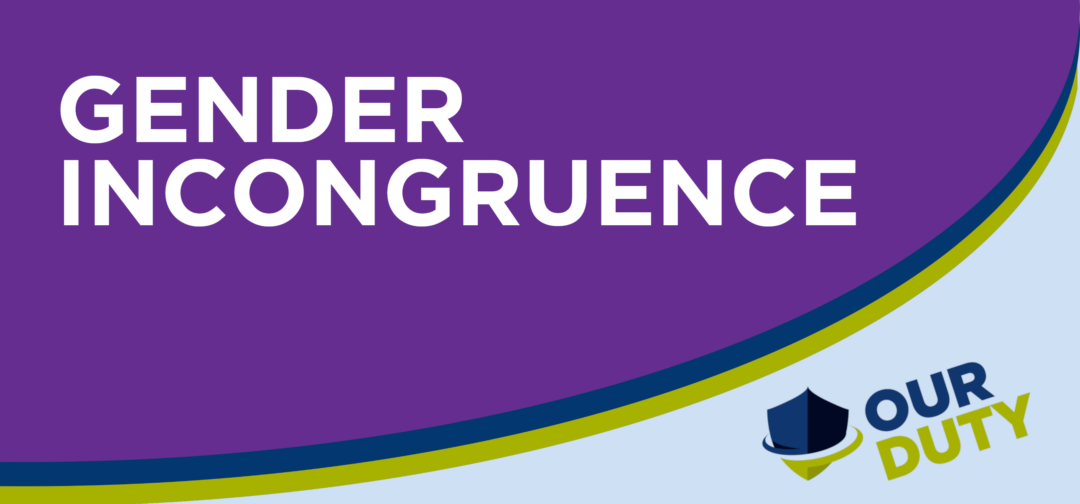Gender Incongruence is the name given in the International Classification of Diseases (ICD) version 11 to describe the feelings otherwise known as Gender Dysphoria, which is defined in the Diagnostic and Statistical Manual of Mental Disorders (DSM). As with ‘gender dysphoria’ this is an attempt to categorise normal adolescent feelings in such a manner as to justify medical treatment. In this case the evidence of activism in its formulation can be seen in the use of the ideological term “assigned sex”.
As with gender dysphoria, gender incongruence can be imitated by those who have convinced themselves that they need the medical treatments ‘gender incongruence’ was designed to facilitate. And likewise these feelings can become pathological with excess rumination. For more on the aetiology of medicalised gender, see The Lifecycle of Transgender Ideation.
Gender incongruence of childhood (ICD11 HA61)
“Gender incongruence of childhood is characterised by a marked incongruence between an individual’s experienced/expressed gender and the assigned sex in pre-pubertal children. It includes a strong desire to be a different gender than the assigned sex; a strong dislike on the child’s part of his or her sexual anatomy or anticipated secondary sex characteristics and/or a strong desire for the primary and/or anticipated secondary sex characteristics that match the experienced gender; and make-believe or fantasy play, toys, games, or activities and playmates that are typical of the experienced gender rather than the assigned sex. The incongruence must have persisted for about two years. Gender variant behaviour and preferences alone are not a basis for assigning the diagnosis”.
Gender Incongruence of Adolescence and Adulthood (ICD11 HA60)
“Gender Incongruence of Adolescence and Adulthood is characterised by a marked and persistent incongruence between an individual´s experienced gender and the assigned sex, which often leads to a desire to ‘transition’, in order to live and be accepted as a person of the experienced gender, through hormonal treatment, surgery or other health care services to make the individual´s body align, as much as desired and to the extent possible, with the experienced gender. The diagnosis cannot be assigned prior to the onset of puberty. Gender variant behaviour and preferences alone are not a basis for assigning the diagnosis”.

